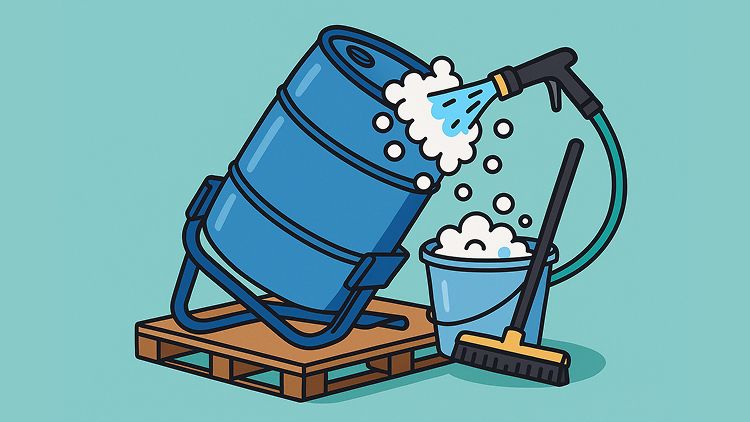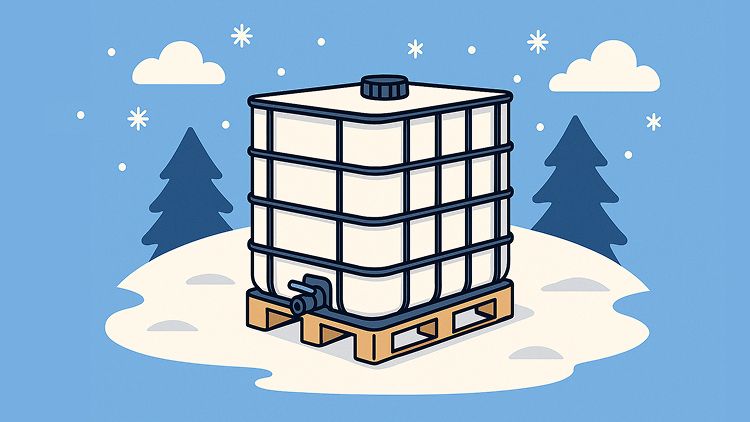Operations
Practical guides and best practices for handling, storing, and managing packaging in real-world operations.

If your loads touch grocery, retail, or high-volume distribution, GMA pallets can save time and money. Standardization means fewer jams on conveyors, smoother forklift picks, and fewer claims. But non-GMA pallets have a place too—especially for custom jobs and one-way shipments. This guide shows where standardization pays off and when a non-GMA build makes sense.


If you’re searching how to clean chemicals out of plastic barrels, lock in these basics first: Confirm prior contents (from the label/SDS). Classify as water-based, oils/solvents, acids/bases, adhesives/paints, or mineral scale. Identify the barrel style. Tight-head (bunged; clean with wand/spray) vs. open-head (removable lid; brush/scrub). Set the end use. Non-potable/process use vs. stricter standards for water storage (food-grade only, sanitize after rinsing). Use PPE & ventilation. Gloves, eye/face protection, sleeves; respirator if SDS says so; work in a ventilated, controlled area. Handle rinsate correctly. Capture, label, keep streams separate, avoid mixing incompatible chemicals, and follow local disposal rules.


Most composite IBCs (275- and 330-gallon) combine: Inner bottle: high-density polyethylene (HDPE) Outer cage: galvanized steel Base: plastic, steel, or wood pallet In recycling, HDPE and steel are the primary targets. Wood bases are usually reused or recycled separately; plastic bases can be recycled with other rigid plastics if the local program accepts them.


1) Specify it right (before the tote is ever filled) Match materials to the product Bottle: HDPE works for many liquids; stainless or specialty polymers may be needed for strong solvents or hot fill. Seals: Choose EPDM (water, mild chemicals), FKM/Viton (oils, fuels, many solvents), or PTFE (broad chemical resistance). Using the wrong elastomer is a slow-motion leak.


When stored outdoors, IBCs (Intermediate Bulk Containers) are exposed to ambient weather. If contents freeze, you risk: Operational delays: contents won’t dispense or pump. Container damage: expansion can crack the inner HDPE bottle, warp the cage/pallet, and split fittings/hoses. Product loss/quality issues: many liquids (e.g., emulsions, certain chemicals) are freeze-sensitive and degrade after a hard freeze.


Knowing the weight of an empty IBC tote is important for: Shipping logistics – total load calculations for trucks or containers. Warehouse storage – ensuring racks, pallets, or floors can safely support full totes. Handling equipment – forklifts and pallet jacks must be rated to lift filled weights. The weight of the tote is only part of the equation—when filled, a 275-gallon tote of water can weigh over 2,200 pounds, and a 330-gallon tote can weigh more than 2,750 pounds.


